How birds survive the winter
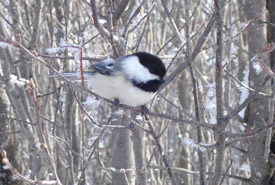
Black-capped chickadee in winter (Photo by NCC)
Winter on the Prairies is long and cold, often lasting from November until March, and with temperatures falling to -20 C or -30 C, it’s a wonder that anything can survive here at all. However, a walk around any residential neighbourhood or...
Celebrate Native Prairie Appreciation Week
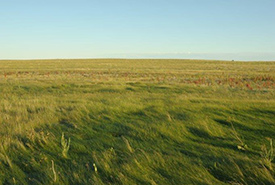
I believe that the best place to start with poetry is nature. (Photo by Mark Taylor)
Since 1999, native prairie grasslands have gotten a little extra attention from the public during Native Prairie Appreciation Week, celebrated in Saskatchewan on the third week of June, thanks to the Saskatchewan Prairie Conservation Action Plan....
Native grassland is important habitat for grassland birds
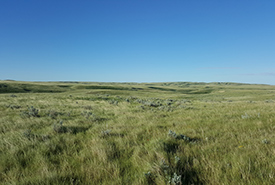
Native grassland (Photo by Sarah Ludlow/NCC staff)
Saying that native grassland is important habitat for grassland birds seems quite obvious. And you might think to yourself, “Of course grassland birds like grassland habitat; it’s right in the name!” The important point to note...
Location, location, location: Building real estate for cavity dwellers
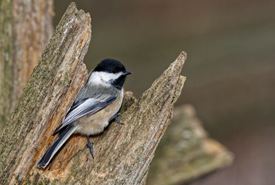
Black-capped chickadee (Photo by Lorne)
The number of tree cavities are often limited on the landscape, but there are many different species that require cavities for their home (such as squirrels, bats and birds). As a result, cavities that suit the needs of a given species are a hot...
Bird homes: Location is everything
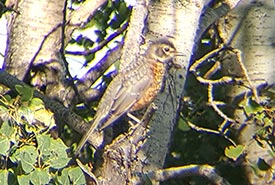
Juvenile American robin (Photo by Sarah Ludlow/NCC staff)
On May 17, Conservation Volunteers helped install 14 nest boxes on the Nature Conservancy of Canada’s Edenwold property in Saskatchewan. These nest boxes were designed with certain species in mind ― tree swallows and mountain bluebirds....
How species survive the winter: Skin breathing and antifreeze
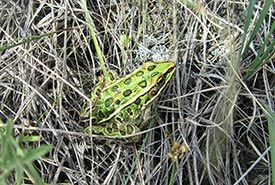
Northern leopard frog (Photo by NCC)
Previous blog posts have discussed how small songbirds and big brown bats survive the winter. Those blogs briefly covered some strategies used by birds and mammals. But what about amphibians? How do frogs survive the many months of sub-zero...
Banding together to protect birds
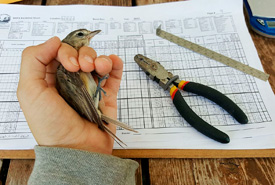
Warbling vireo that was just banded. Also shown are the banding pliers used to apply the band, data sheet, wing chord ruler and digital scale. (Photo by NCC)
In a previous blog post, I discussed how scientists determine long-term trends in bird populations through annual monitoring. Those estimates provide valuable information about a species, but are limited in their capacity to explain the underlying...
Building homes for bats in the prairies
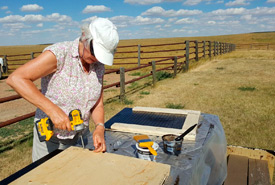
Conservation Volunteers from across Saskatchewan joined together to build bat boxes. (Photo by NCC)
Every year, the Nature Conservancy of Canada's (NCC's) Saskatchewan Region holds a Conservation Volunteers event at its Old Man on His Back Prairie and Heritage Conservation Area (OMB). This year, one of the activities involved building bat boxes...
Bear versus caterpillar: A day in the field
In early summer, the Nature Conservancy of Canada (NCC)'s Saskatchewan Region moved offices. As the move didn’t require all staff to help and also limited the in-office work able to be done, this presented a perfect opportunity to have a day...
Sky-high conservation: Why monitoring birds is important
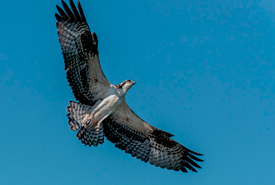
An osprey soars around its nest (Photo by Lorne)
You may have heard about the dramatic population declines that certain groups of birds — such as grassland songbirds and aerial insectivores —are experiencing. While much attention gets paid to the factors causing these declines and...

